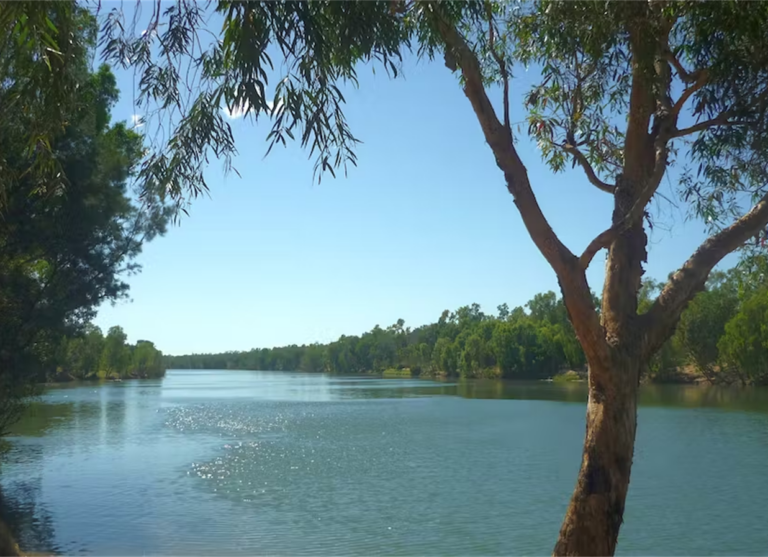See video clips from the seminar: Nature-Based Solutions to Flooding
Three professors in Australia and Argentina presented their work investigating nature-based solutions to flood management as a part of the Engineering for Change Seminar Series and the participants had a deluge of questions. Dr. Roslyn Prinsley and Dr. Jeremy Smith of the Australian National University fielded many of them before the seminar concluded. The replies were thoughtful and we’ve captured many of them here.
What are nature-based solutions to flooding? They are tools and methods that levarage natural processes to manage water, reduce flooding and restore balance to the ecosystem.
Explore our playlist for these and every video from the E4C Seminar Series
For context, please see the video clips from the seminar to understand the questions asked.
Q: Is there a particular tool or software you employed to assist your selection of the various nature-based solutions?
A: [Smith] As looking across the co-benefits, need to use a range of tools and approaches. For the flood modelling. Across the flood assessment elements we used Log-Pearson-III approaches, FLIKE software then hydraulic models, statistical models (for example looking at changes in dimensions/number of approaches) and some mathematical models. For economic analysis we used benefit-cost analysis.
A: [Roslyn Prinsley] Also as well as models we have a process / decision tree that allows you to work out which nature-based solutions are likely to be effective for which parts of the catchment.
Q: Could you explain a bit more about how did you physically model leaky weirs?
A: [Smith & Prinsley] It was simulation/mathematical modelling for leaky weirs, so looking at them as flow barriers and modelling those in the catchment area and impact on flow. Also on storage.
Q: What kinds of nature-based solutions are available when a previous disaster flood has carved original river basins 3-4 feet deeper than the normal water level?
A: [Smith] Always difficult to say as it depends on the tradition environment. For Moree, there was a paleochannel that we could explore but may not be available in every location. It may be looking further upstream at flow barriers (i.e. the leaky weir approach in our case). Revegetation along river banks can help with bank stabilization and potential further changes to river course.
Q: How does the revegetation of riverbanks mitigate flooding?
A: [Smith] It can help with slowing floodwater, and generally builds soil permeability. Riparian vegetation reduces floods by detaining and slowing floodwaters. Deep and widespread root systems improve soil structure, increasing their capacity to hold water and stop erosion. The vegetation also increases surface roughness, which creates resistance to flow and reduces the energy and speed of water moving overland or in channels. This helps reduce flood peaks, delay the time to peak, and lower downstream water volumes during storm events.
